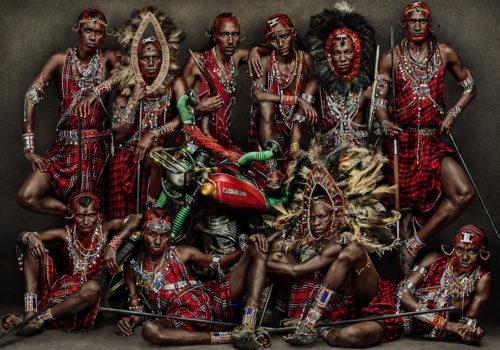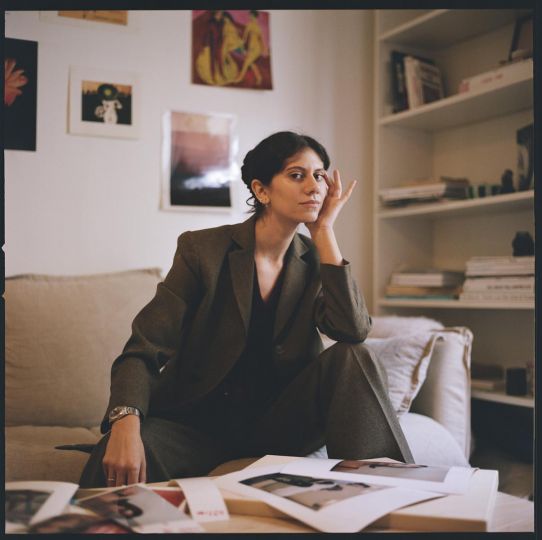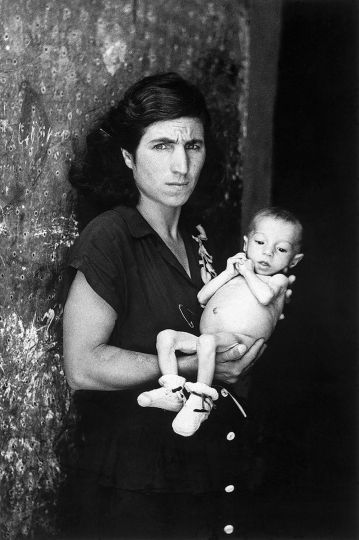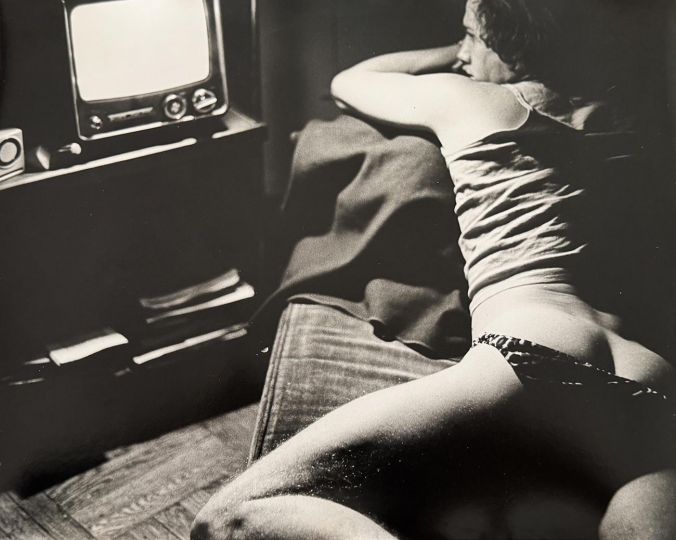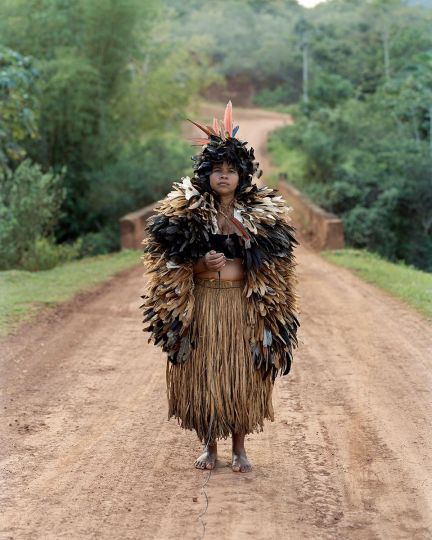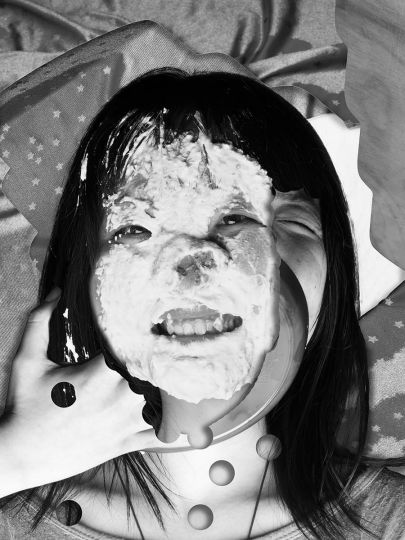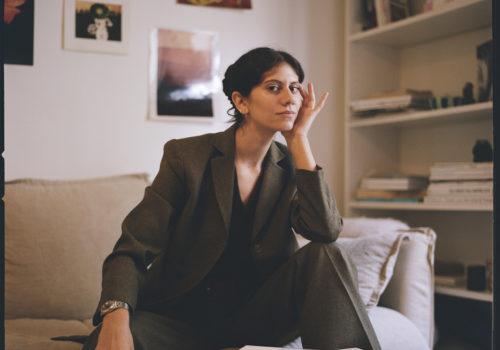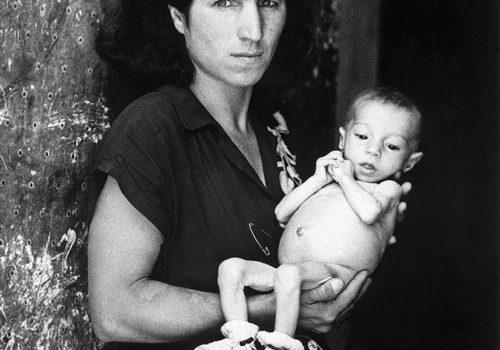More than seventy large-format photographs from thirty countries (which Mario Testino has visited over the last seven years): this is how A Beautiful World takes shape. A world that Testino has captured and analysed by taking his subjects out of their environment and bringing them to his portable studio from where their membership in a community becomes evident thanks to the clothes they wear, those of their own history. Testino’s project, in its worldwide premiere, is on show in Rome until 25 August.
In A Beautiful World, we find the synthesis of a seven-year project, in which Testino has been exploring other photography than fashion and portraiture, genres in which he is undoubtedly a leading actor, to focus on an extraordinary variety of traditional though innovative clothes and costumes, worn with pride by people who preserve and pass on their traditions, because traditional dress is an essential symbol that brings to light the most intimate characteristics of a people. On the stage of Testino’s world, then, it’s not the new on display, but what we have forgotten: what we were.

